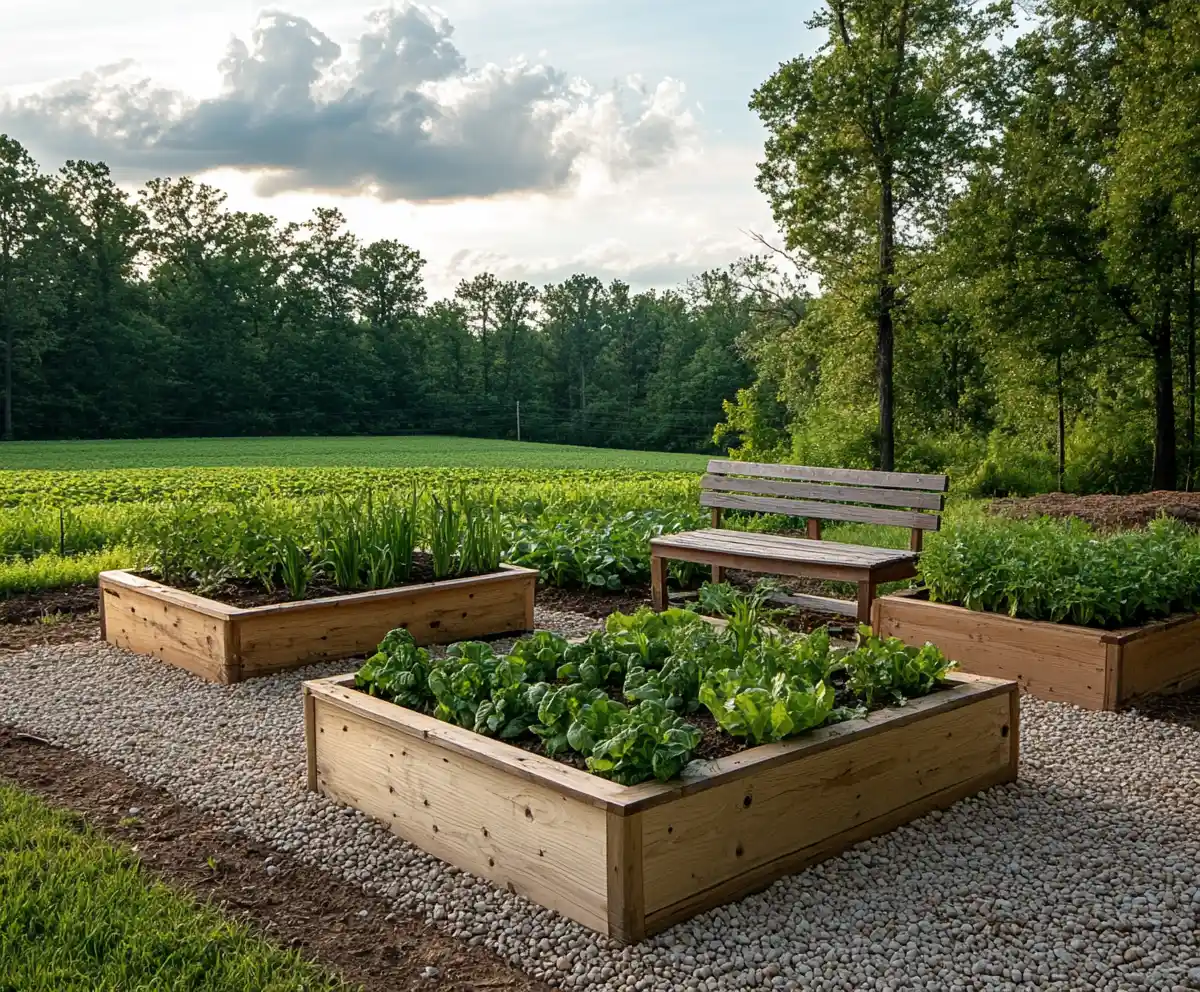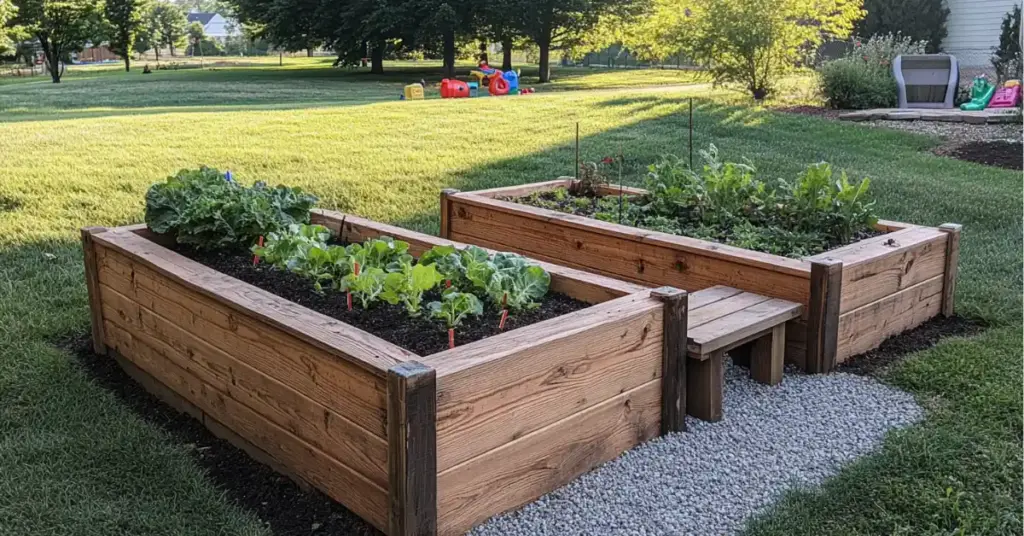Raised bed gardening is one of the most rewarding ways to grow vegetables, herbs, and flowers — and it’s easy to see why. With better drainage, fewer weeds, improved soil structure, and a neat, organized look, it’s no wonder gardeners everywhere are building raised beds. However, even seasoned green thumbs can fall into common pitfalls that compromise plant health and productivity.
If you’re starting a raised garden or expanding your space, it’s important to avoid these raised bed gardening mistakes. While some may seem minor, they can be hard to fix later. This guide will help you start strong and sidestep the issues that can hinder your garden’s success.
Table of Contents
1. Raised Beds That Are Too Wide
One of the biggest beginner mistakes in raised bed gardening is building beds that are simply too wide. It may seem harmless at first, but this decision can lead to serious problems with soil health and accessibility.
Why Width Matters
Healthy soil is the foundation of a productive garden, and compacting it by stepping into your beds can reduce oxygen flow and water absorption. When a bed is too wide, you’re more likely to step into the middle just to reach your plants — defeating one of the core benefits of raised beds.
Ideal Bed Width for Easy Access
- 3 to 4 feet wide: This is the sweet spot if you can access the bed from both sides. Most adults can comfortably reach the center from either edge without stepping in.
- Against a fence or wall? Keep the width to no more than 30 inches. That way, you can easily reach everything from one side without strain or damage to the soil.
If you’ve already built wide beds, consider adding stepping stones within the bed or redesigning your layout for better access in future builds.
2. Not Planning for Irrigation Early
Watering may seem like a simple task, but in raised bed gardening, failing to plan your irrigation system ahead of time is a mistake that can quickly turn into a frustrating chore — especially in the heat of summer.
Why Hand Watering Isn’t Sustainable
Sure, watering by hand might feel relaxing at first, but it gets old fast. Not only is it time-consuming, but inconsistent watering leads to stressed plants, poor yields, and increased risk of disease. Plus, overhead sprinklers — a common go-to — often waste water and promote fungal issues like mildew and blight.
Smart Irrigation Options for Raised Beds
Instead of scrambling later, set up a watering system before you plant. Here are popular and efficient choices:
- Soaker Hoses – Affordable and easy to install. Good for small gardens.
- Drip Lines or Drip Tape – Target water right at the base of plants, minimizing waste.
- Garden Grid Systems – All-in-one kits that evenly water your entire bed. A favorite for simplicity and uniform coverage.
💡 Pro Tip: Always place your beds near a water source. Running hoses long distances or dragging watering cans across your yard gets old — quickly.
3. Using Unsafe or Unsuitable Materials for Your Beds
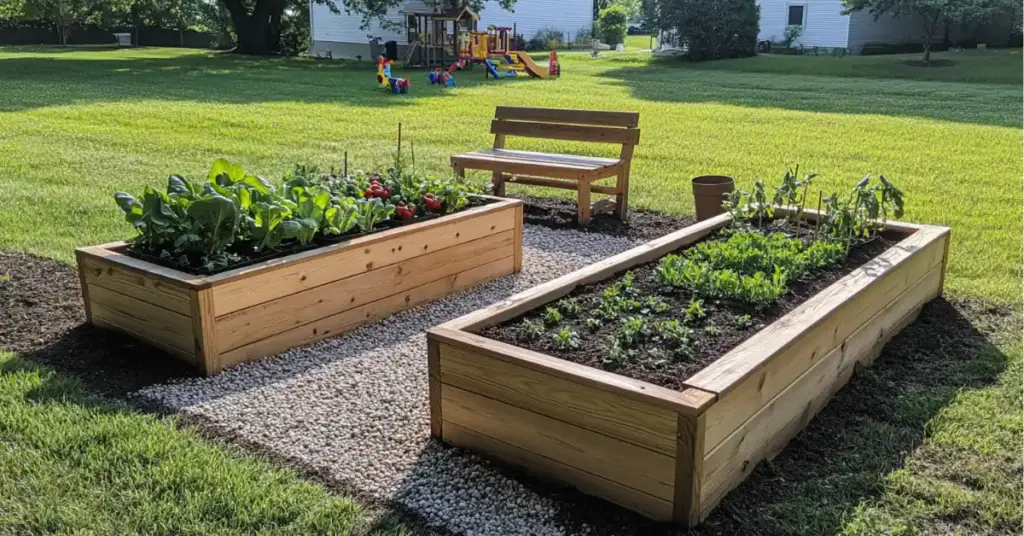
Not all building materials are created equal — and some can even leach harmful chemicals into your soil. Choosing the wrong material for your raised beds is a common mistake that could impact your garden’s safety, longevity, and success.
What to Avoid
- Pressure-treated wood made before 2003 – This older lumber may contain arsenic-based preservatives like chromated copper arsenate (CCA), which are unsafe for food gardens.
- Old railroad ties or tires – These often contain toxins or petroleum byproducts and should never be used around edible plants.
Safe Materials for Raised Beds
Here are some reliable, garden-friendly choices:
- Modern Pressure-Treated Wood (Post-2003)
- Uses copper-based treatments, which are safer for food gardens.
- Budget-friendly and durable — a practical choice if you avoid planting too close to the edges.
- Untreated Pine
- Affordable but not long-lasting (may only last a few seasons depending on rainfall).
- Rot-Resistant Wood (like Cedar or Redwood)
- Naturally durable and chemical-free, though more expensive upfront.
- Recycled Wood (like fence boards)
- A sustainable and cost-effective option — just confirm they’re not treated with harmful chemicals.
- Alternative Materials
- Galvanized metal beds (e.g., Birdies Beds)
- Stone or rock beds for a natural, permanent look
- BPA-free plastic beds that are safe and low-maintenance
💡 Tip: If you’re unsure about the safety of a material, research it thoroughly or opt for organic-certified products to be safe.
4. Using Poor or Nutrient-Lacking Soil
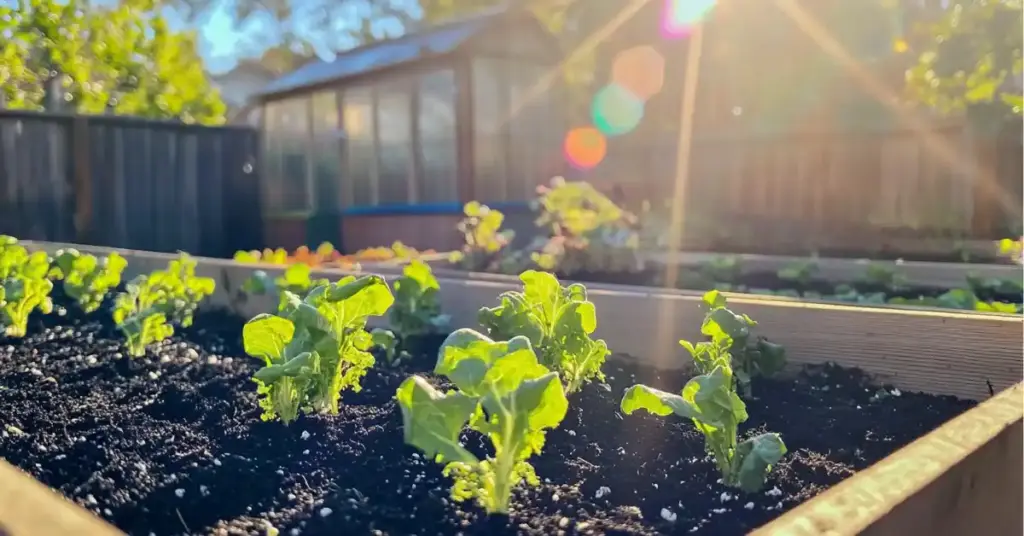
Even the most perfectly constructed raised bed will struggle to produce healthy plants if it’s filled with the wrong kind of soil. Many gardeners make the mistake of filling their beds with cheap bagged soil or potting mix — and then wonder why their vegetables underperform.
The Problem With Potting Soil
While potting soil works well in containers, it drains too quickly and lacks the structure and nutrients needed for a productive raised bed. Raised beds, especially those in contact with the ground, act more like garden beds than pots — they need dense, nutrient-rich soil.
The Best Soil Mix for Raised Beds
For thriving plants and fewer headaches, start with a quality mix of organic and mineral content:
- Topsoil or Native Soil – Adds weight and structure to your mix
- Compost (Homemade or Purchased) – Provides organic matter and nutrients
- Optional Add-ins: Worm castings, aged manure, or coconut coir for improved fertility and moisture retention
Jill (from the source article) recommends top-dressing raised beds with homemade compost every season to keep nutrients replenished naturally.
Common Mistake: Relying on Bagged Soil Alone
Beds filled exclusively with bagged soil often produce stunted growth and lackluster yields. Mixing in compost and local topsoil improves both drainage and nutrition — giving your plants the best chance to thrive.
💡 Tip: If you’re on a budget, consider layering your beds lasagna-style with cardboard, compost, and topsoil to build rich soil over time.
5. Placing Raised Beds Too Close Together
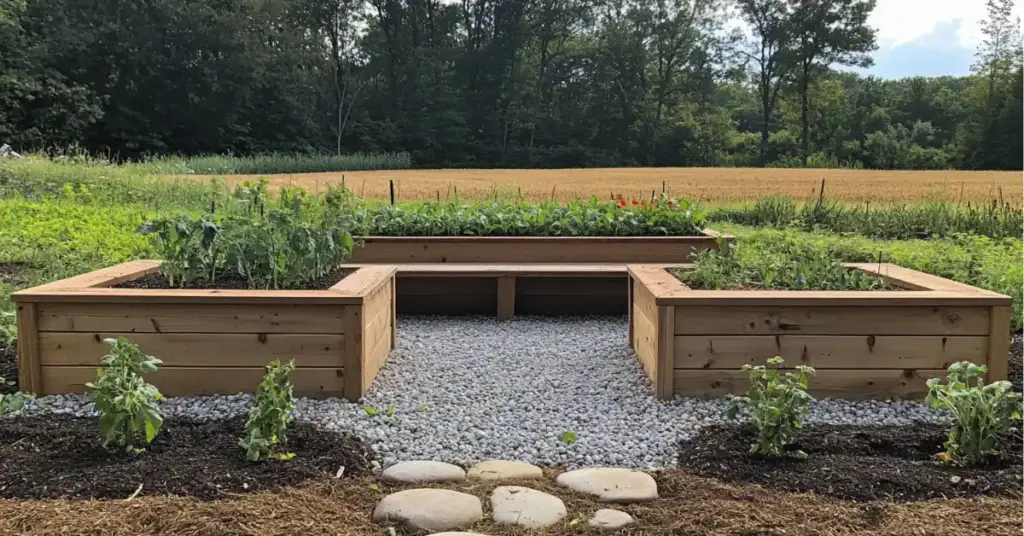
When laying out your raised garden, it’s tempting to maximize planting space — but squeezing beds too tightly together is a mistake that can quickly become a daily annoyance.
Why Proper Spacing Matters
Without enough room between your beds, everyday tasks like weeding, harvesting, and moving carts or stools become frustrating. Crowded pathways not only limit access, but also lead to compacted soil, tangled plants, and awkward working angles.
Recommended Bed Spacing
- Minimum 2–3 feet between beds
- Allows easy access for weeding and harvesting
- Accommodates garden carts, hoses, or stools
- More space may be needed for large or vining plants like squash, which tend to spill over their edges
Mistakes in spacing are hard to fix once your beds are built, so take time to measure your layout carefully before construction.
💡 Pro Tip: If you’re working with a small space, consider narrower beds or vertical gardening options to preserve walkways.
6. Letting Pathways Become Overgrown with Weeds and Grass
An often-overlooked issue in raised bed gardening is pathway maintenance. If you don’t plan ahead, grass and weeds will quickly take over the spaces between your beds, creating both practical and safety concerns.
Why This Is a Problem
- Weed growth steals your time — constant trimming and weeding takes away from productive garden work.
- Overgrown grass harbors pests like ticks, spiders, and even snakes.
- Moisture-loving weeds can spread into your beds and compete with your vegetables.
Neglecting pathways leads to frustration later. It’s much easier to prevent weed issues than to fix them mid-season.
Best Pathway Materials for Weed Control
Here are smart, low-maintenance options for keeping your garden paths tidy:
- Cardboard + Mulch
- A budget-friendly combo that smothers weeds and breaks down naturally.
- Brown Kraft Paper + Mulch
- Easier to roll out than cardboard and great for quick coverage.
- Sawdust
- Not ideal for growing areas, but perfect for paths; lay it thick (4–6 inches).
- Pine Needles
- Naturally slow to decompose and great for long-lasting coverage.
- Gravel
- A more permanent option — just make sure to place a weed barrier underneath.
What to Avoid
- Landscape fabric: Though commonly used, it often fails over time. Weeds eventually penetrate it, and removing embedded roots is a nightmare.
- Old carpets or rugs: These may contain chemicals and don’t break down safely.
💡 Tip: If you want a long-term solution, invest early in mulching or gravelling your paths to save countless hours down the road.
7. Neglecting to Mulch Your Raised Beds
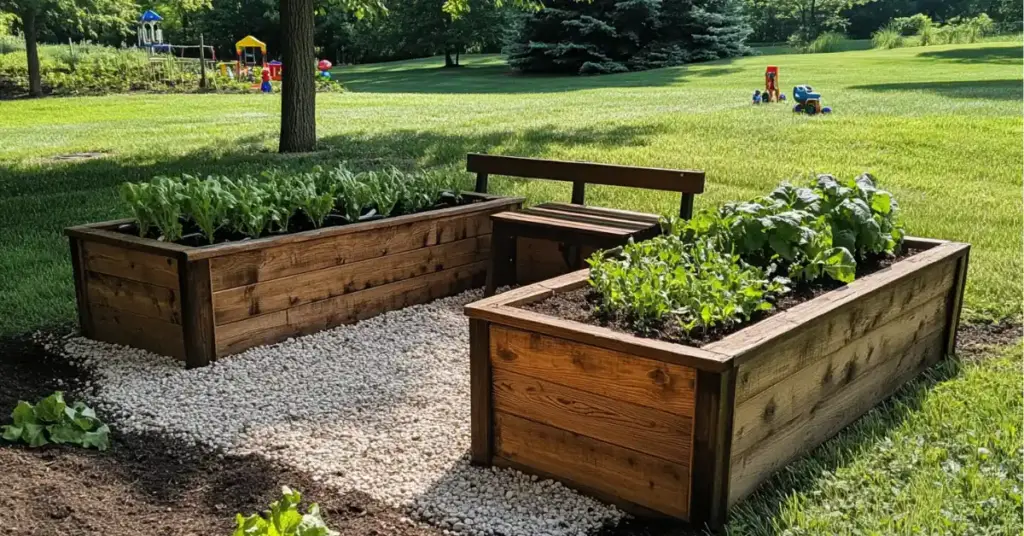
One of the most underrated — yet crucial — steps in raised bed gardening is applying mulch. Skipping mulch is a common mistake that can lead to more weeds, inconsistent moisture, and temperature extremes that stress your plants.
Why Mulch Is a Must-Have
Even though raised beds offer some weed resistance compared to traditional gardens, they’re not immune. More importantly, mulch does far more than just reduce weeds:
- Retains soil moisture — Less evaporation means fewer watering sessions
- Regulates soil temperature — Protects roots from overheating in summer and keeps warmth in during spring
- Suppresses weed growth — Blocks light from reaching weed seeds
- Improves soil health — As organic mulches break down, they enrich the soil over time
Best Mulch Options for Raised Beds
- Wood Chips – A favorite for long-term beds; durable and effective
- Straw (not hay) – Great for vegetables; light and easy to apply
- Shredded Leaves – Free and nutrient-rich if you have access
- Compost as Mulch – Dual purpose: feeds the soil and blocks weeds
Each mulch type has pros and cons depending on your climate, availability, and aesthetic preference — but using something is always better than nothing.
💡 Tip: Avoid dyed mulches and those from unknown sources that may contain chemicals or weed seeds.
❓ Raised Bed Gardening FAQ
1. What is the ideal depth for a raised garden bed?
For most vegetables, a depth of 12–18 inches is sufficient. Shallow-rooted crops like lettuce can grow in 6–8 inches, while deep-rooted ones like carrots or tomatoes benefit from 18 inches or more. If placing beds over hard surfaces (like concrete), go for at least 18 inches of soil depth.
2. Can I use regular garden soil in raised beds?
Not by itself. Garden soil can be too dense and prone to compaction. Mix it with organic compost and light amendments like coconut coir or vermiculite to improve drainage and texture. Aim for a rich, crumbly mix that holds moisture but doesn’t stay soggy.
3. How often should I water raised beds?
Raised beds typically dry out faster than in-ground beds. Water deeply 2–4 times per week, depending on weather, plant type, and soil composition. Early morning watering is best to reduce evaporation and disease risk.
4. Do I need to line the bottom of a raised bed?
Lining is optional but can help in some cases. Use hardware cloth to block burrowing pests like gophers, and cardboard to suppress grass and weeds. Avoid plastic liners unless they’re permeable to allow for proper drainage.
5. What should I put between my raised beds?
To keep pathways tidy and weed-free, consider:
- Wood chips or mulch
- Gravel with landscape fabric underneath
- Sawdust or pine needles
- Cardboard topped with organic mulch
Avoid grass or bare soil unless you want regular maintenance.
6. How do I improve poor performance in raised beds?
If your plants are struggling:
- Check the soil — Add compost or organic matter.
- Water more consistently
- Test for pH or nutrient imbalances
- Review sun exposure — Most vegetables need 6–8 hours of direct sun daily.
Conclusion: Set Your Raised Bed Garden Up for Success
Raised bed gardening can be incredibly productive and enjoyable — but only if you start with a solid foundation. By avoiding these seven common raised bed gardening mistakes, you’ll save time, improve your yields, and enjoy a healthier, more manageable garden.
From choosing the right materials to spacing your beds correctly and mulching consistently, each step plays a critical role in long-term success. Take the time to plan thoughtfully, and your raised beds will reward you with seasons of abundant harvests and fewer frustrations.
🌿 Next Step: Want to dive deeper? Consider checking out guides on organic mulch options, soil mix formulas, or comparing in-ground vs. raised bed gardening for your growing needs.
🌿 Love gardening inspiration? Follow me on Pinterest for bold plant ideas, tips, and seasonal color!
More Posts
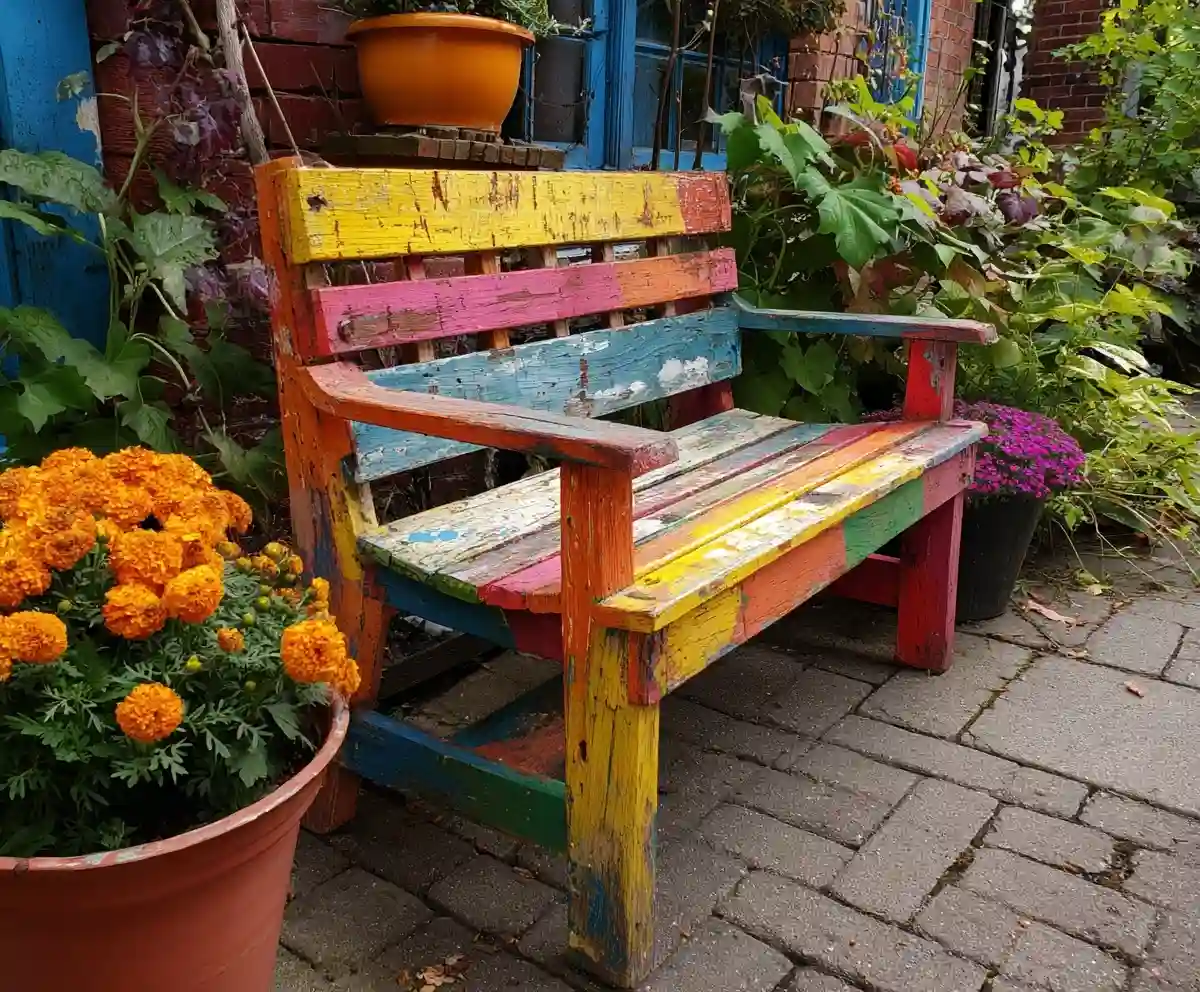
19+ Budget-Friendly Backyard Makeover Ideas
Backyard makeover ideas can turn even the most ordinary outdoor space into a warm, inviting retreat—without draining your wallet.
Read More →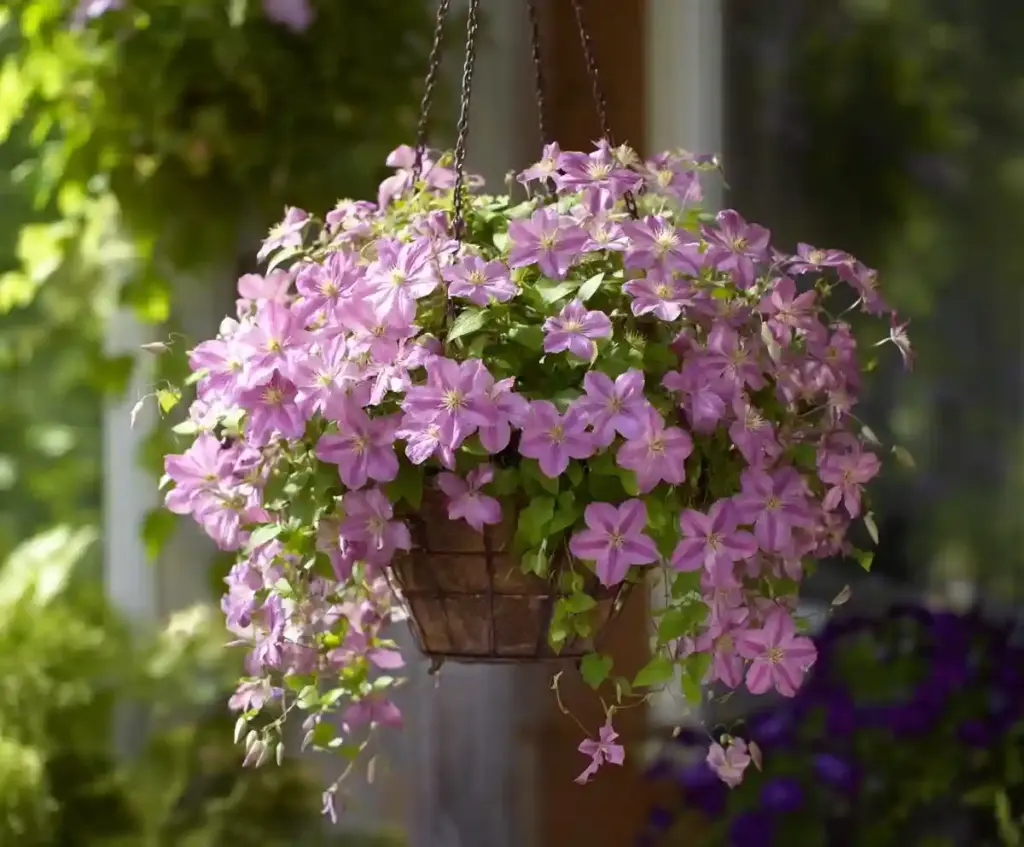
21 Stunning & Simple DIY Clematis Trellis Designs
DIY clematis trellis designs are a beautiful way to blend creativity with function in your garden.
Read More →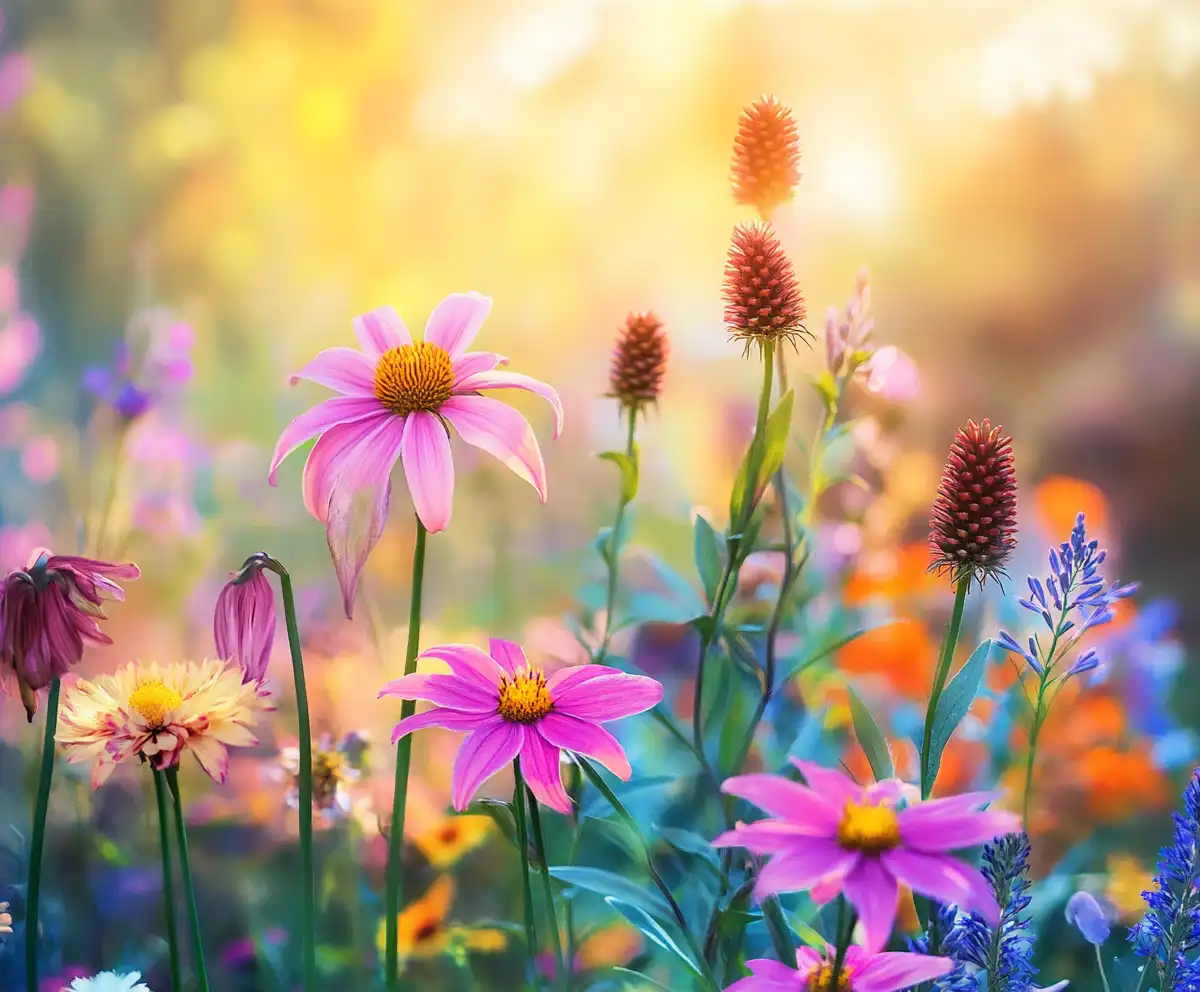
12 Full Sun Perennials That Bloom All Summer
Explore a selection of hardy perennials that flourish and bloom beautifully in full sun throughout the summer.
Read More →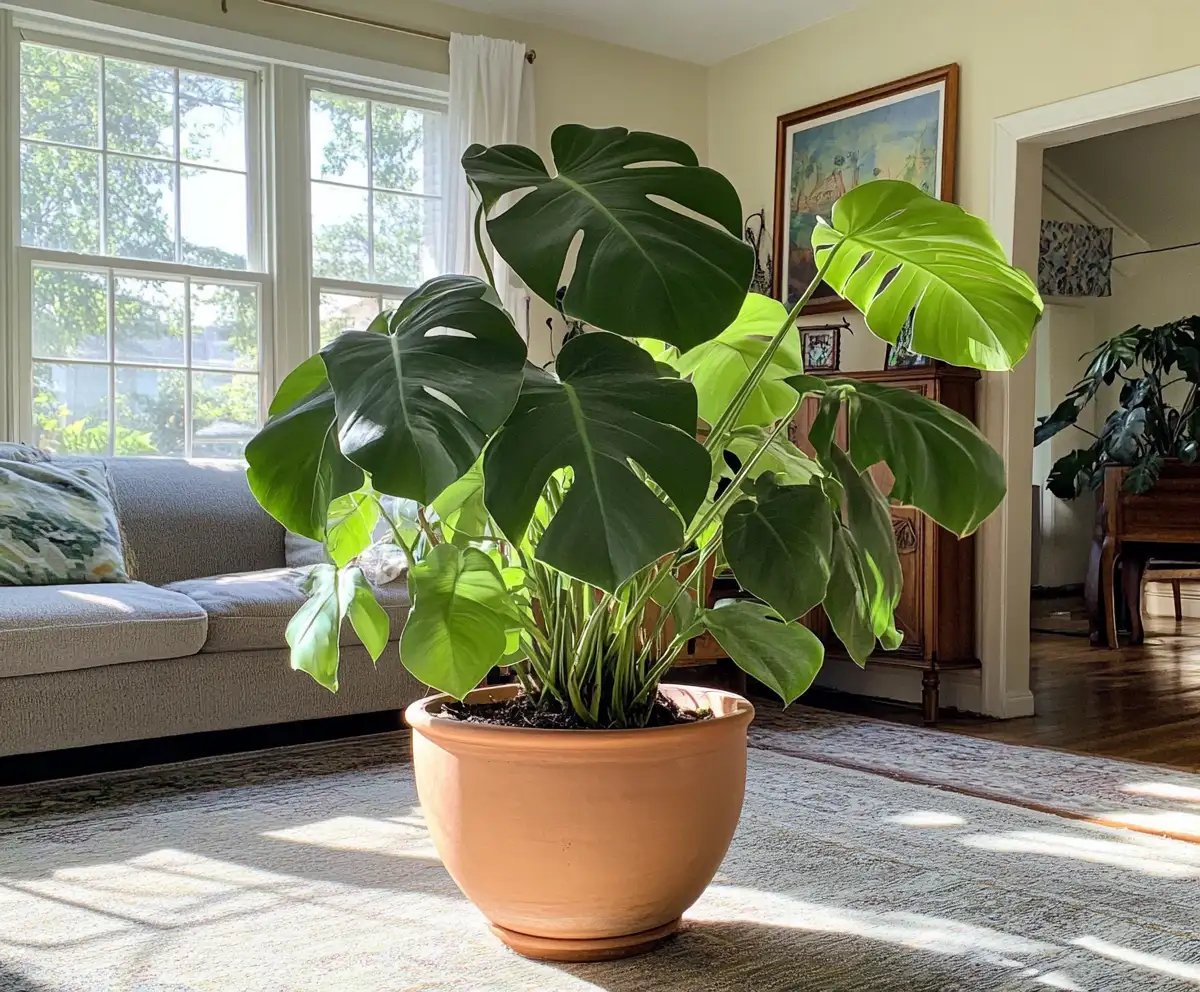
Houseplants for Living Room
Find the perfect houseplants to brighten and purify your living room while adding a touch of nature indoors.
Read More →
Backyard Play Area for Kids
Create a fun and safe backyard play area for kids with these inspiring design ideas and tips.
Read More →
Top Privacy Trees
Discover top tree varieties that provide natural privacy and enhance your outdoor space.
Read More →
